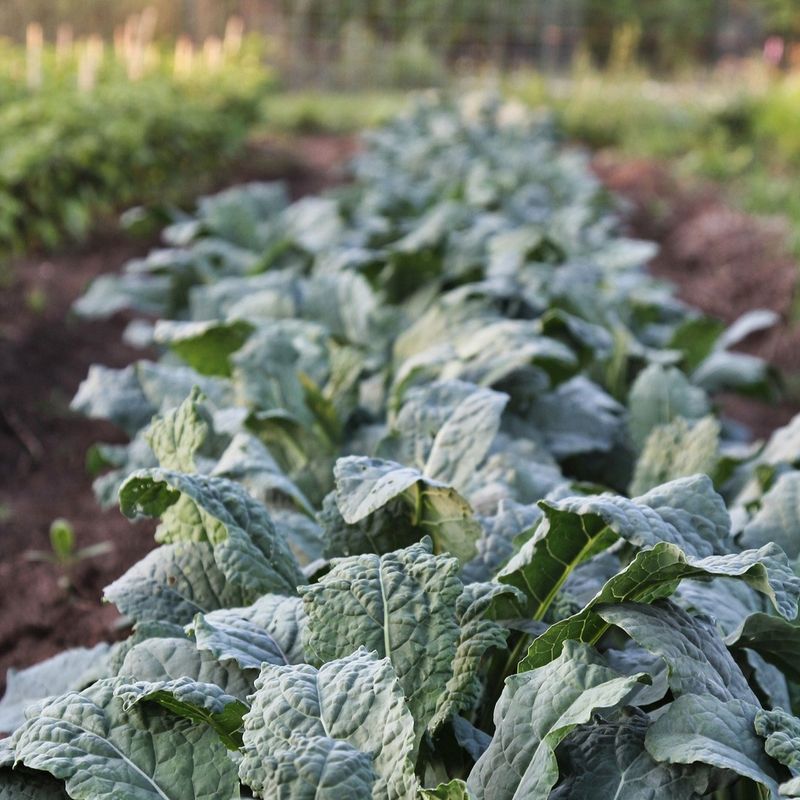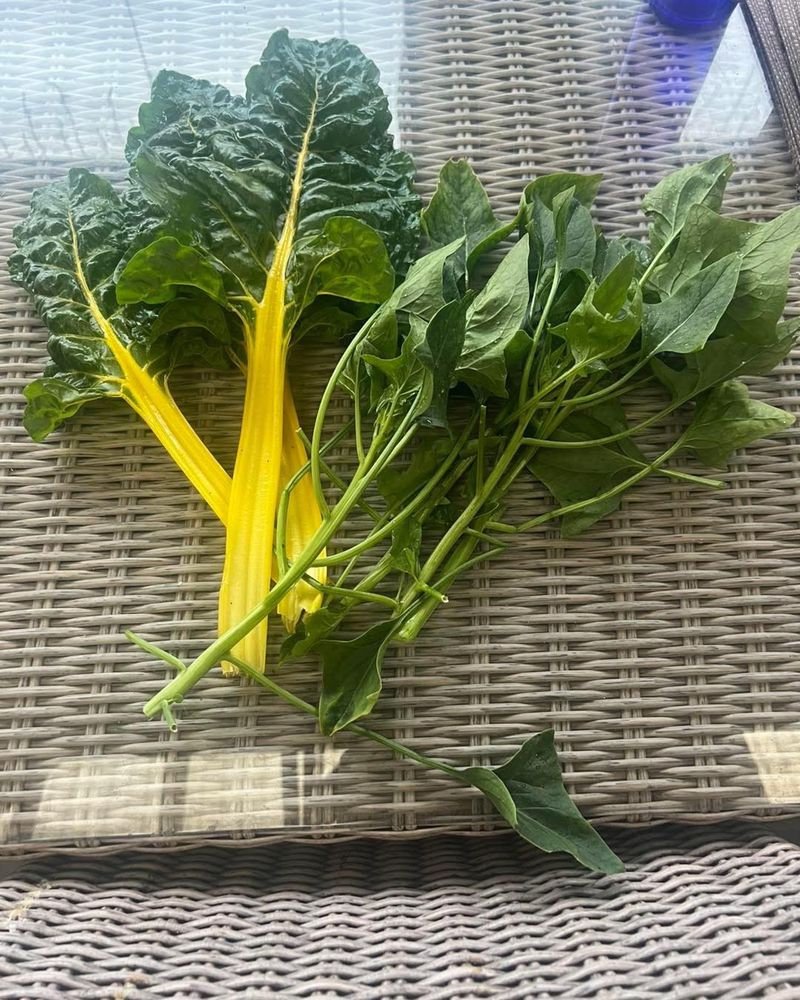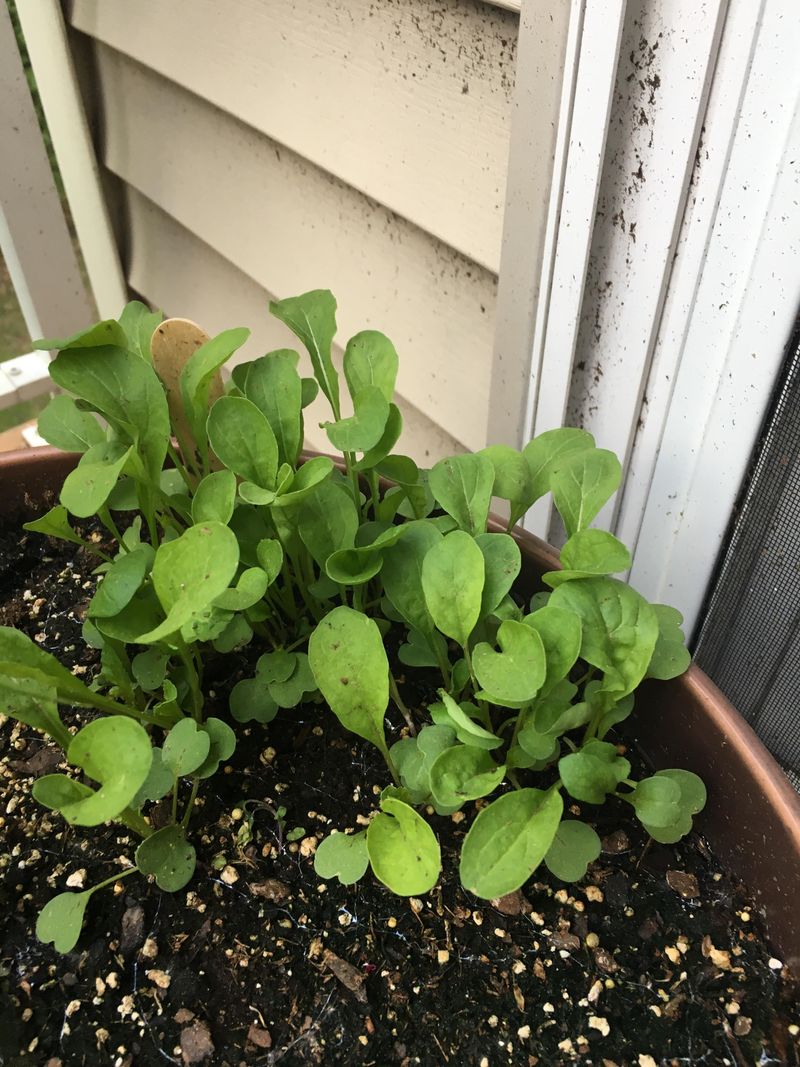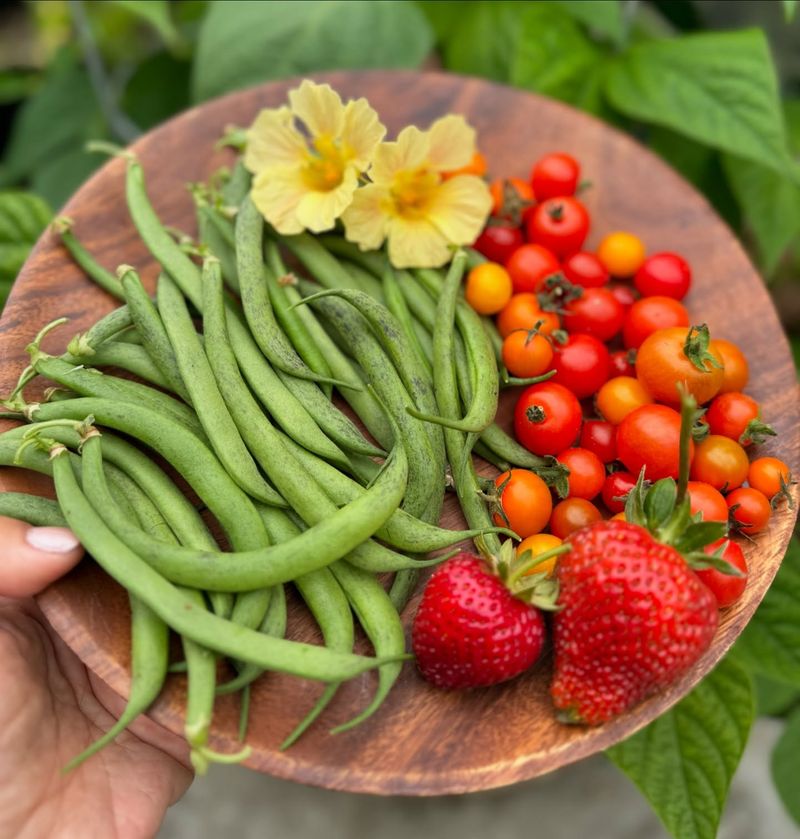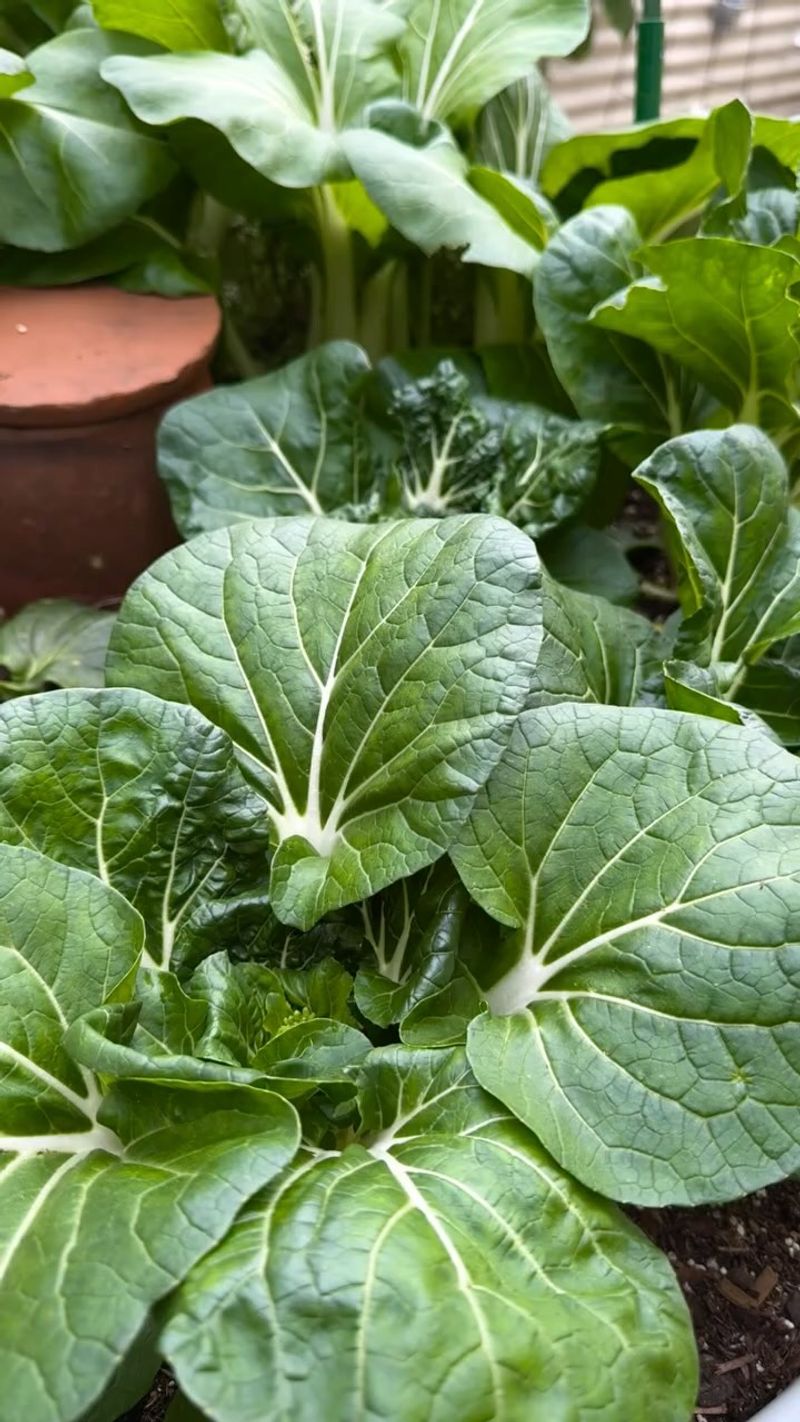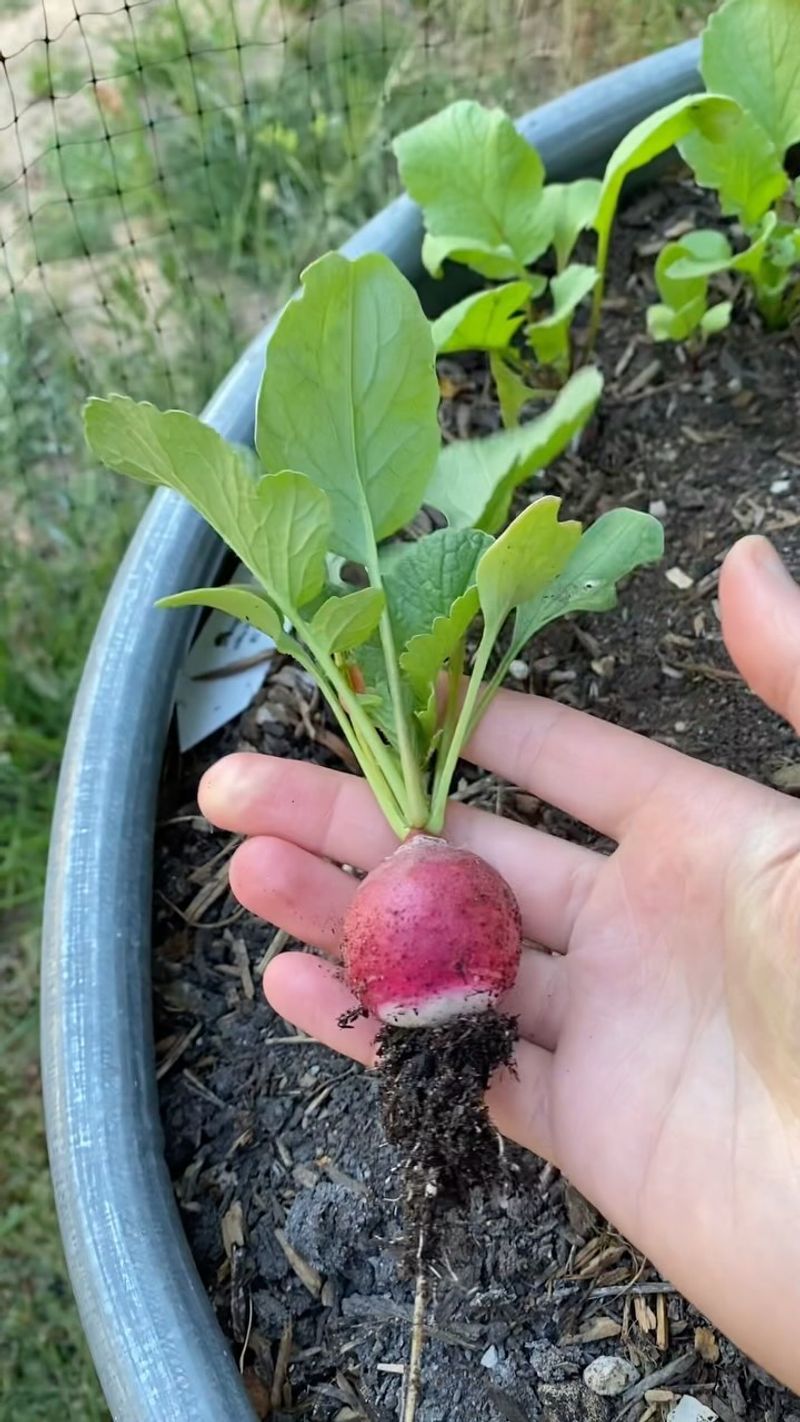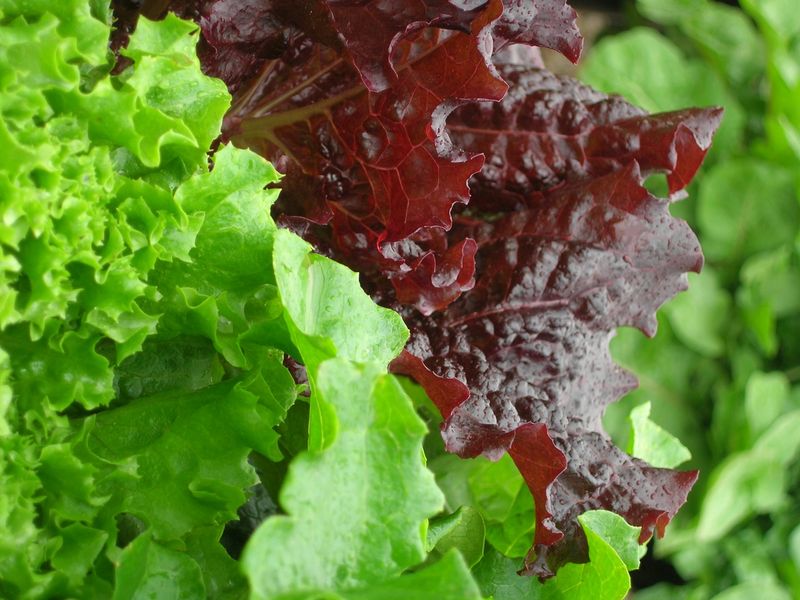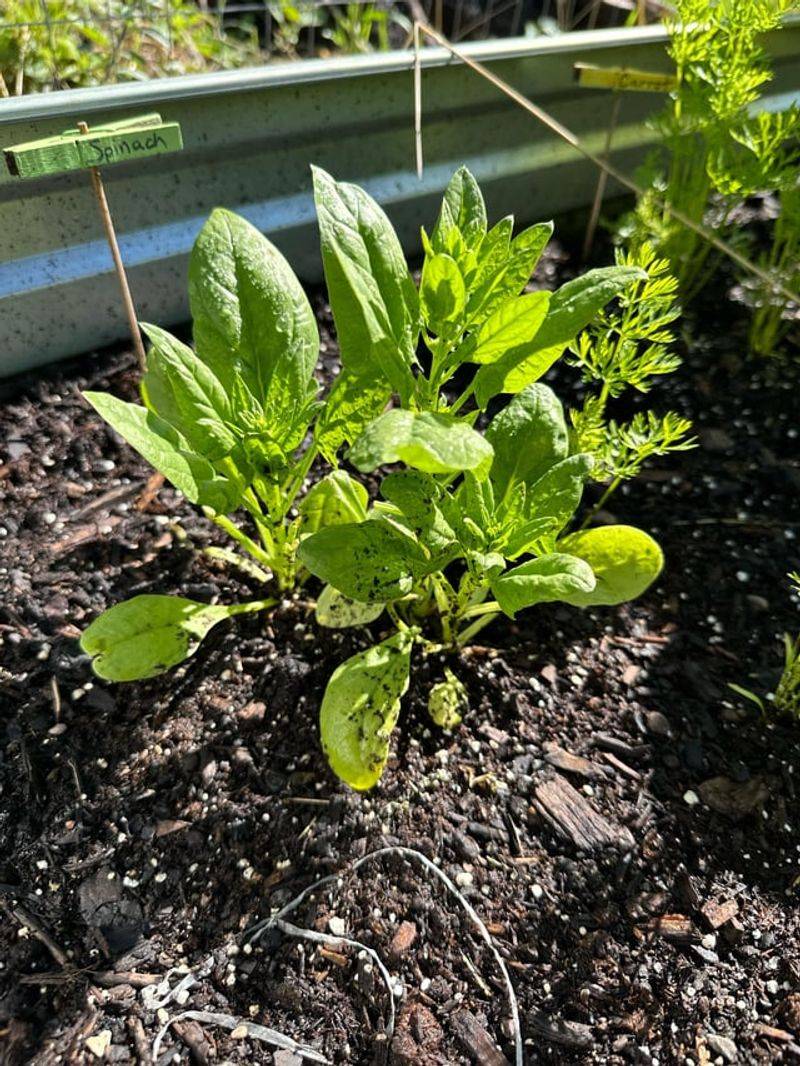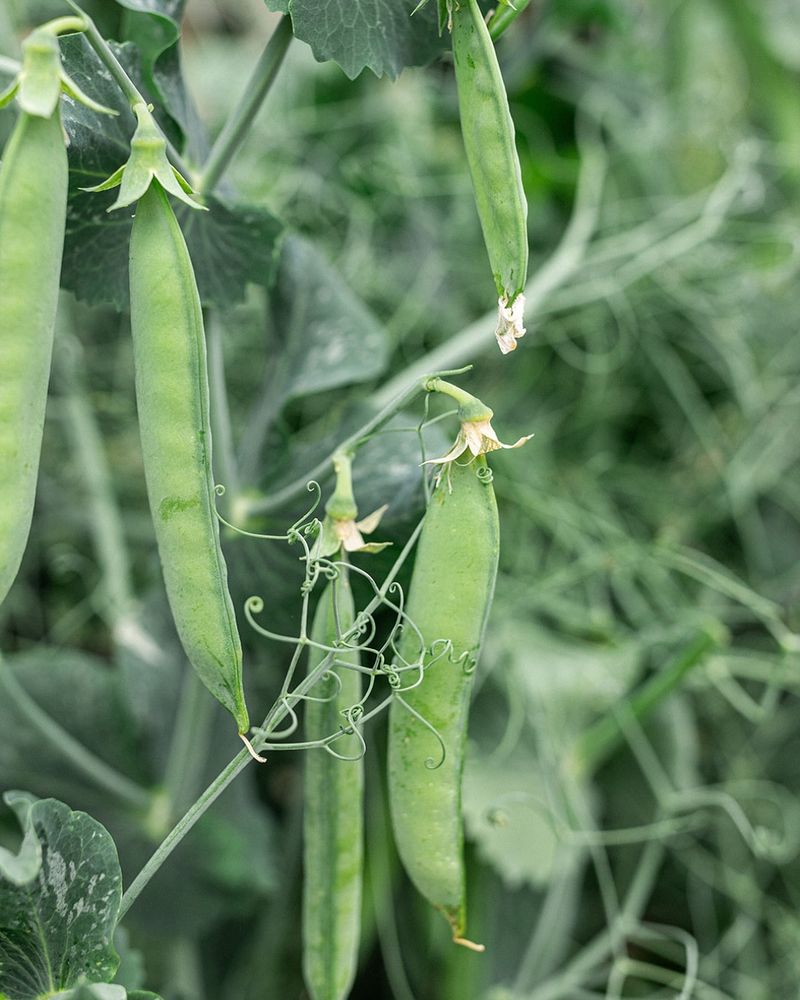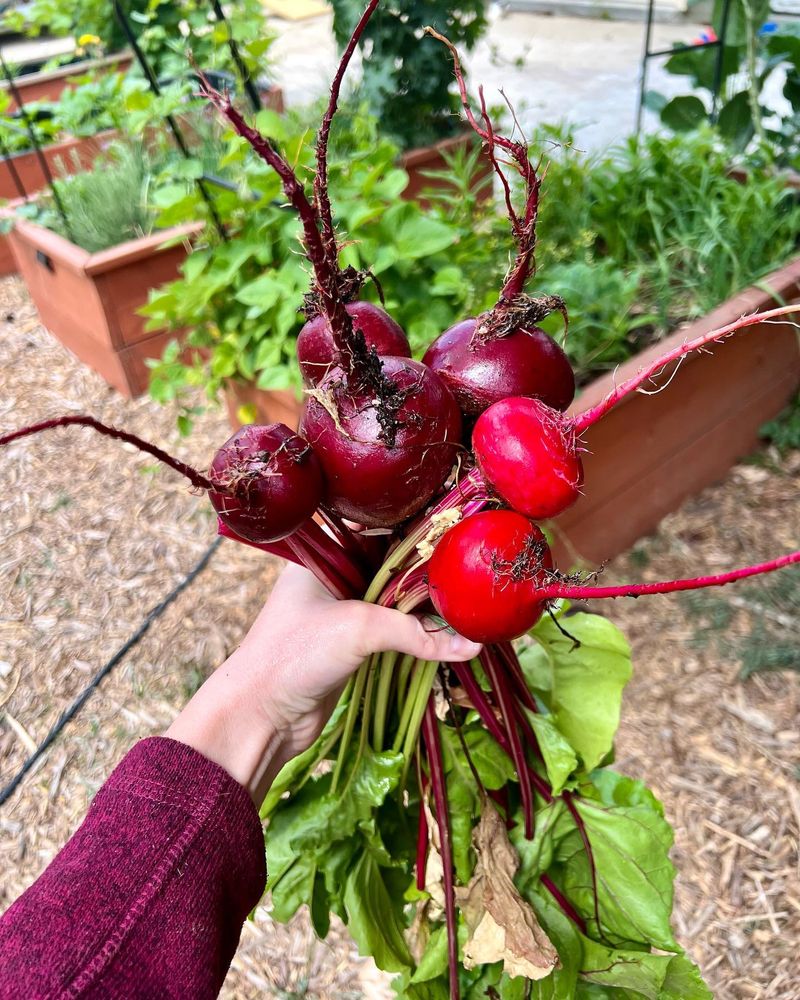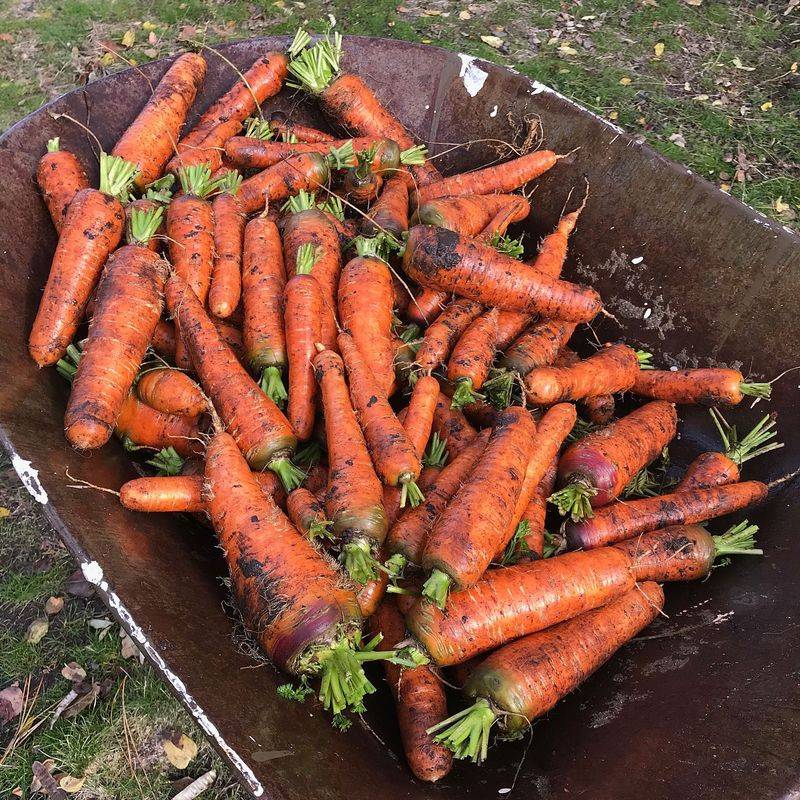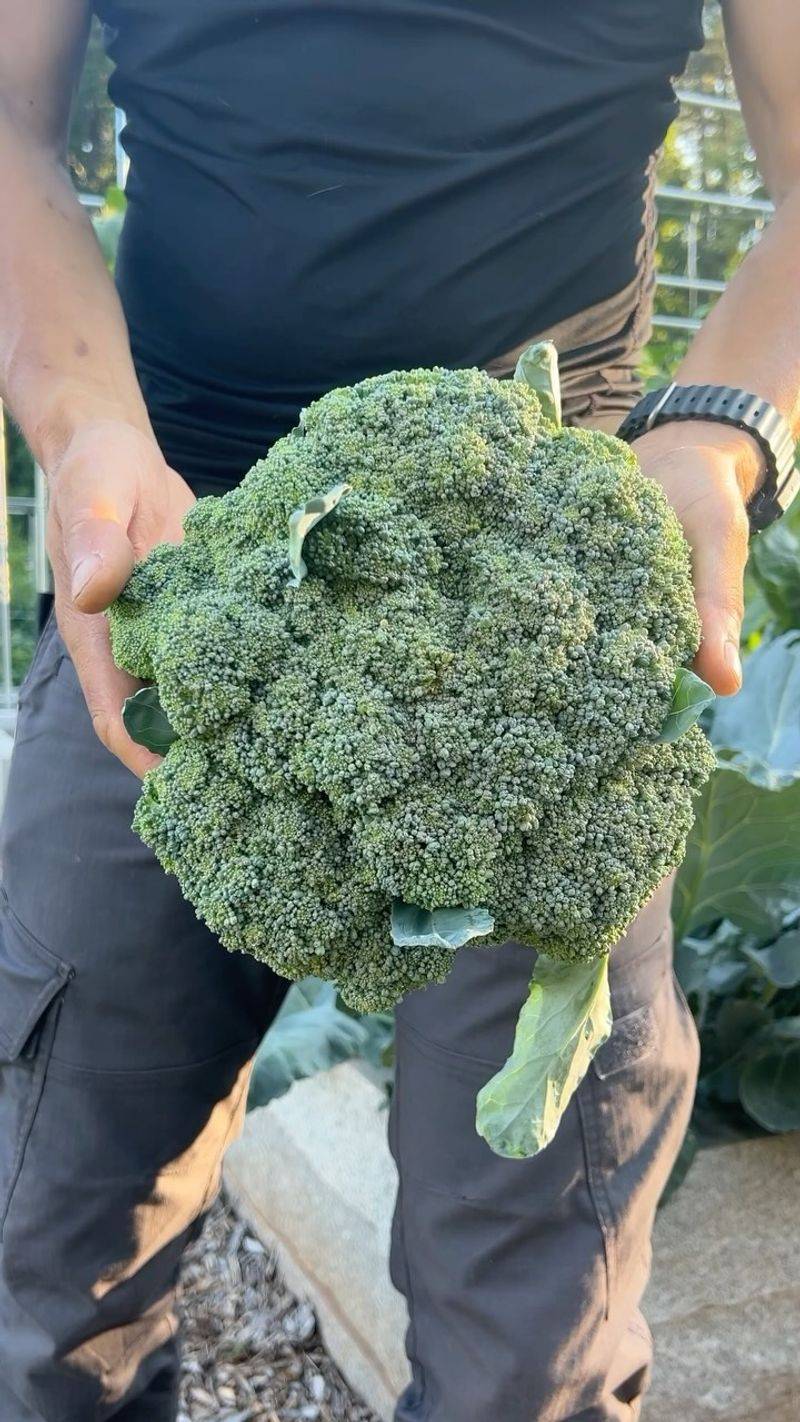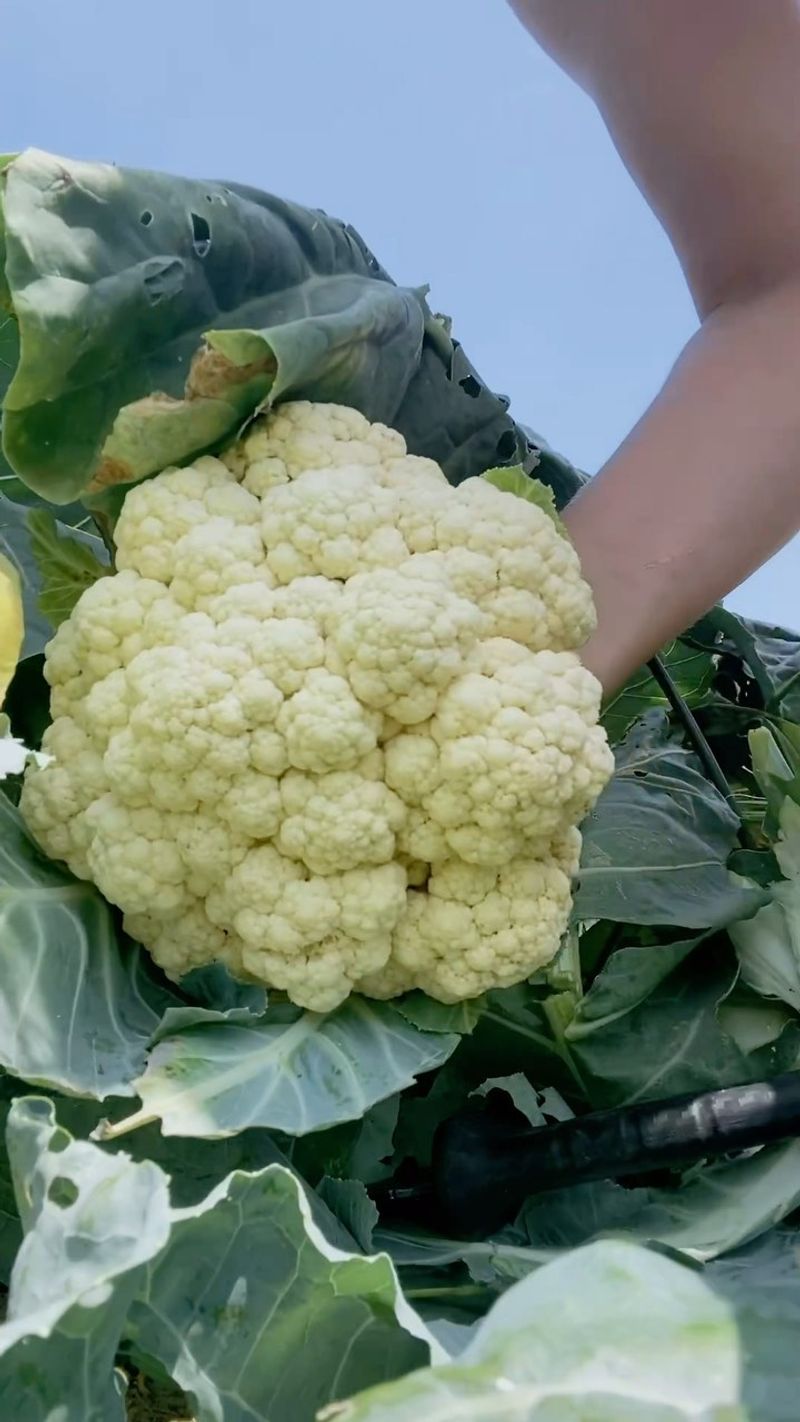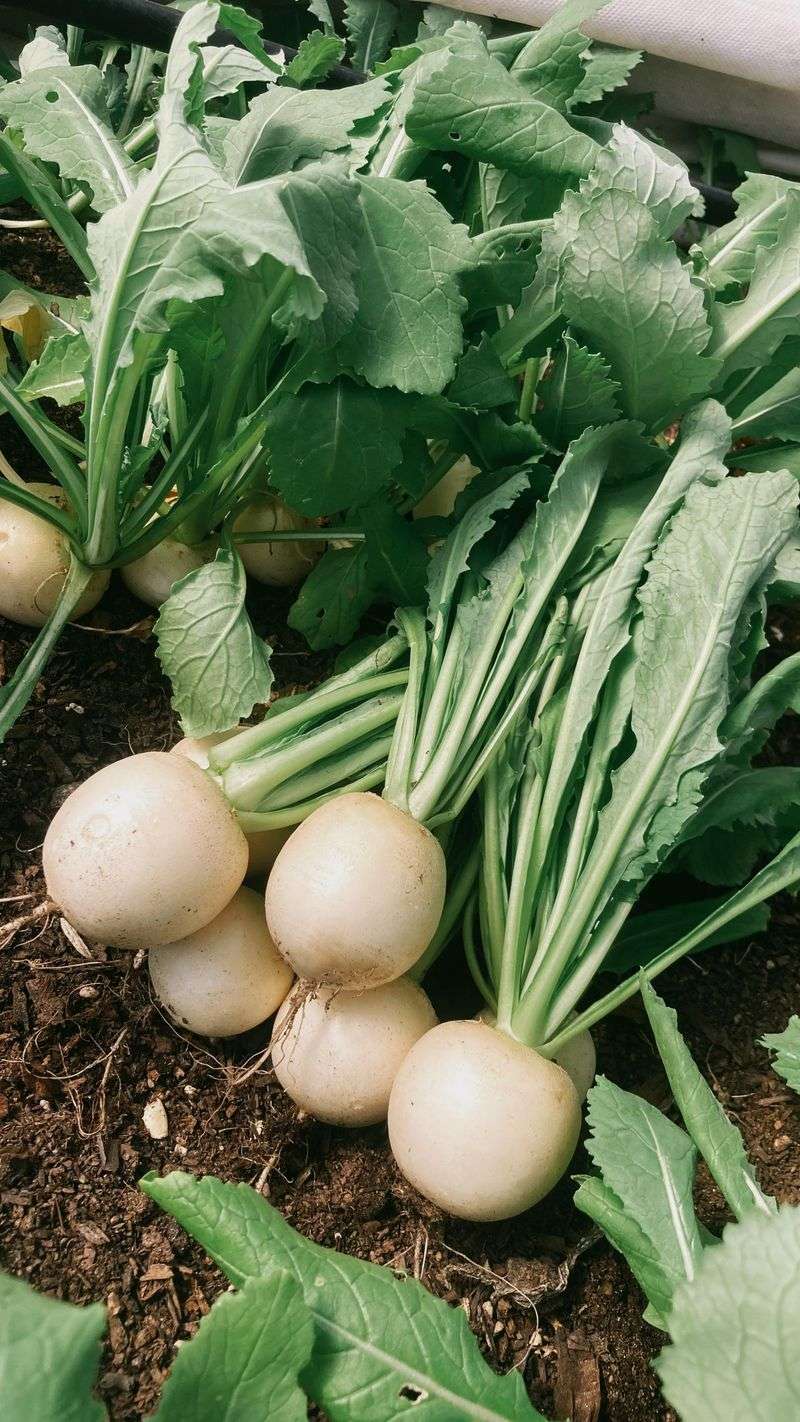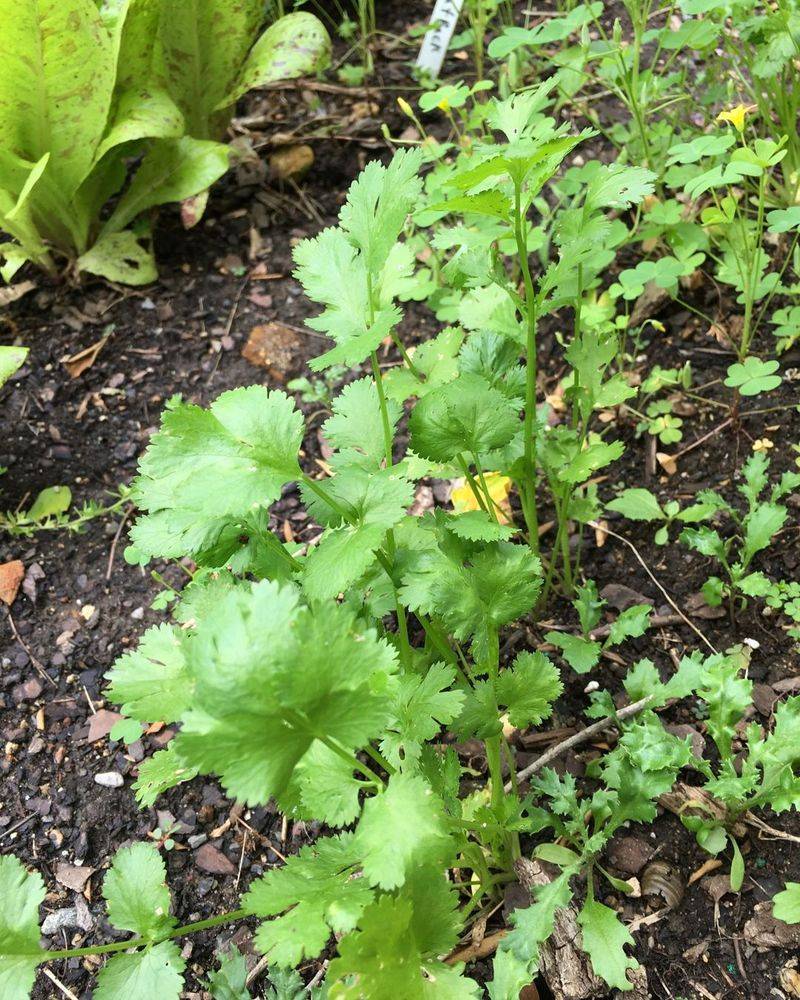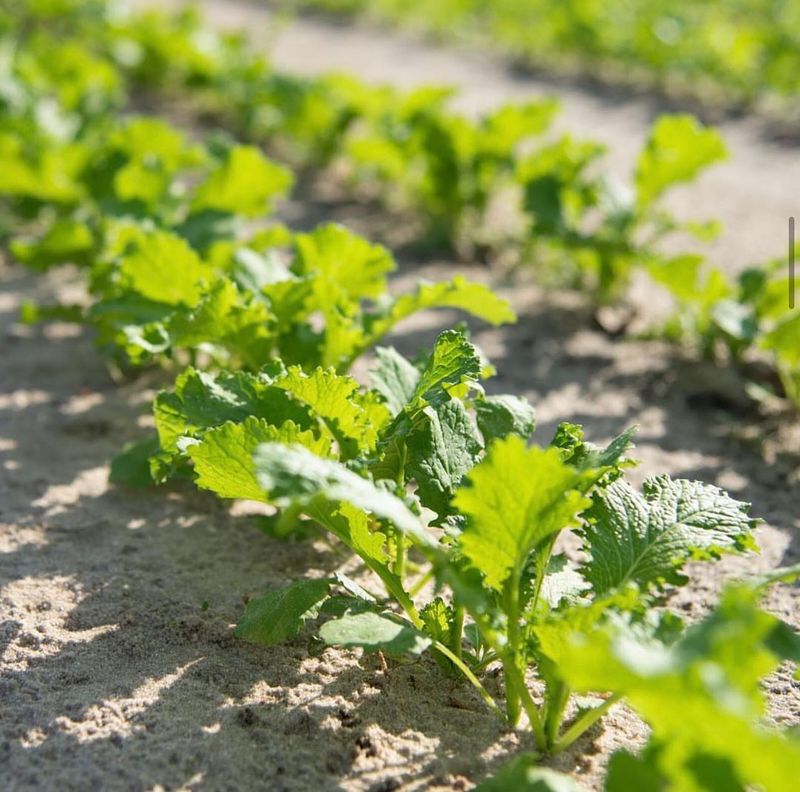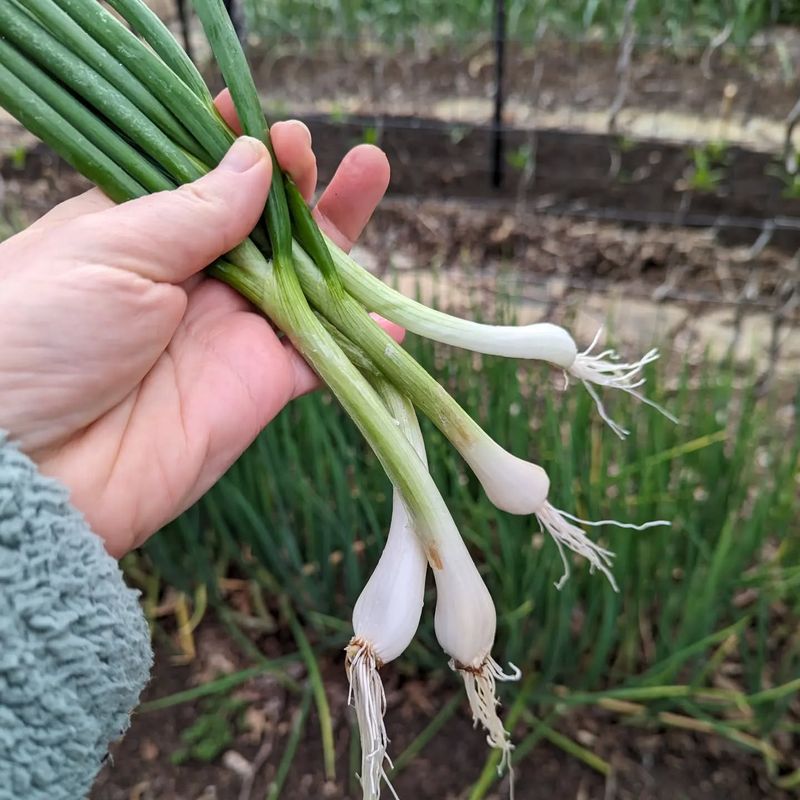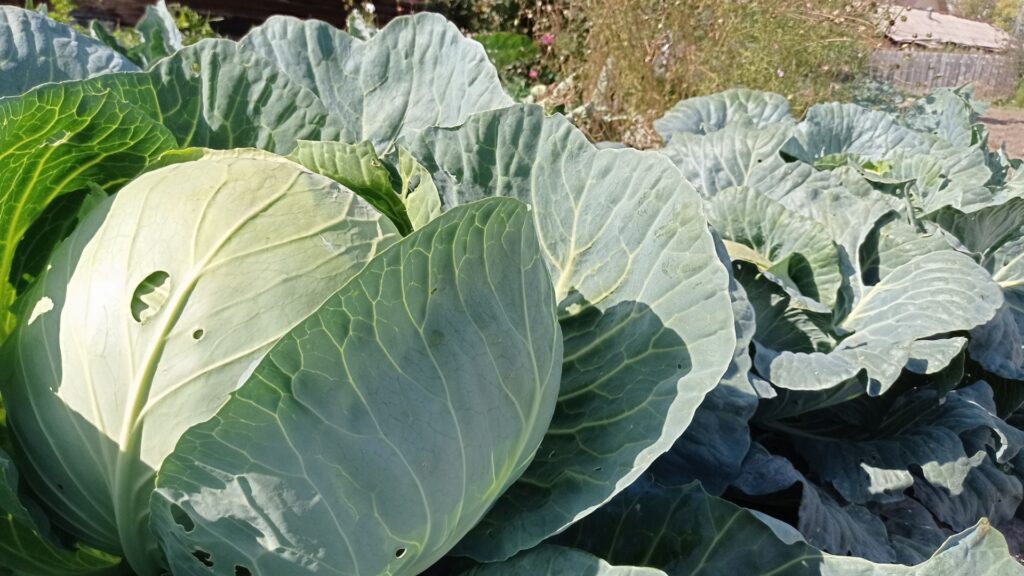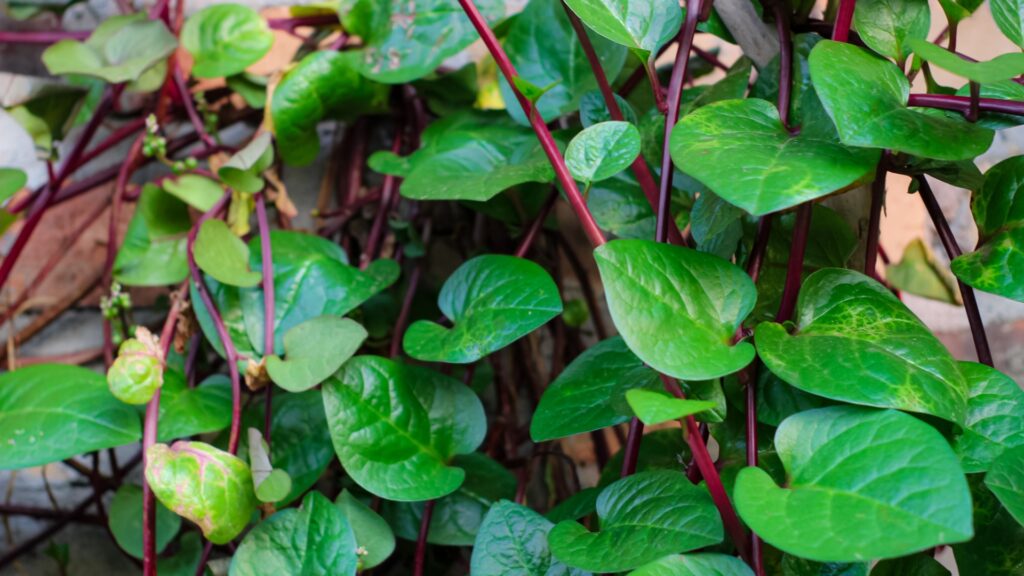Think you need full sun for a summer harvest? I used to believe the same—until I realized my shady garden wasn’t the problem, just my plant choices.
Not all veggies are sun-worshippers. Some actually thrive with a little afternoon cover.
With the right crops, even the shadiest corner can pull its weight. So don’t throw in the trowel—your garden’s still got game.
1. Leafy Kale
Growing kale in partial shade actually improves its flavor. The reduced sunlight keeps the leaves tender and prevents the bitter taste that develops when kale gets too hot.
My north-facing garden bed produces the sweetest kale I’ve ever tasted. Just 3-4 hours of morning sun is enough to keep these plants happy and productive all summer long.
Harvest the outer leaves regularly and this cool-season crop will continue producing well into the warmer months, giving you nutritious greens when other vegetables might struggle.
2. Swiss Chard
The rainbow-stemmed varieties of Swiss chard bring both beauty and bounty to shady garden spots. Unlike many vegetables, chard actually appreciates afternoon shade in hot summer regions.
Four to six hours of morning light provides all the energy these leafy powerhouses need. I’ve found chard to be remarkably forgiving when planted beneath the dappled shade of my apple tree.
The colorful stems continue producing throughout the hottest months when given consistent moisture, making it one of the most reliable shade-tolerant vegetables in my summer garden.
3. Arugula
Summer-grown arugula typically bolts quickly and turns unpleasantly bitter. The solution? Plant it in a spot that gets morning sun but afternoon shade.
This peppery green actually prefers cooler conditions, making shadier locations perfect for extending its growing season well into summer. Last year, my arugula planted along the east side of my fence produced tender leaves for weeks longer than the batch in full sun.
Regular harvesting encourages new growth, and a light layer of mulch helps retain soil moisture, keeping arugula happy even when temperatures climb.
4. Bush Beans
Conventional wisdom suggests beans need full sun, but bush varieties can actually produce impressive harvests with just 4-5 hours of direct light. The key is choosing compact bush types over pole varieties.
Last summer, I planted ‘Provider’ bush beans in a spot that received only morning sunshine, and they yielded handfuls of tender green pods throughout July and August. The partial shade even seemed to extend the harvest period.
For best results, space plants slightly closer together than recommended for full-sun plantings, and be vigilant about providing consistent moisture during pod development.
5. Asian Greens
Bok choy, tatsoi, and mizuna thrive in locations that would make other summer vegetables struggle. These Asian greens actually perform better with protection from intense afternoon sun.
My shadiest garden bed became surprisingly productive once I switched to growing these adaptable greens. They mature quickly, often ready to harvest in just 30-45 days, and their shallow roots make them perfect for containers on partly shaded patios.
For a continuous supply, sow small batches every two weeks and harvest the entire plant when young for tender, mild-flavored additions to summer stir-fries and salads.
6. Radishes
Quick-growing radishes make excellent use of dappled shade areas. When grown in cooler, partially shaded spots, summer radishes develop a milder, less pungent flavor that many people prefer.
The reduced light actually helps prevent these root vegetables from bolting prematurely in hot weather. I’ve successfully grown ‘French Breakfast’ radishes in a bed that receives just 3-4 hours of filtered morning light.
Plant small batches every 7-10 days for continuous harvests, and pull them young—about 3 weeks after planting—when they’re crisp, tender, and at their flavor peak.
7. Lettuce
Summer lettuce cultivation becomes much easier in dappled or partial shade. The reduced light prevents premature bolting and bitter flavors that typically plague hot-weather lettuce growing.
Heat-tolerant varieties like ‘Jericho’ and ‘Summer Crisp’ perform exceptionally well with morning sun and afternoon protection. My north-facing garden bed produces sweet, crisp lettuce heads well into July—something I never achieved in full sun locations.
Consistent moisture is crucial, so mulch well and water regularly. Harvest outer leaves individually to extend your lettuce season even further into the summer months.
8. Spinach
Normally quick to bolt in summer heat, spinach becomes surprisingly productive when grown in shady spots. The cooler soil temperatures and protection from intense sun can extend your harvest by weeks.
Early morning light combined with afternoon shade creates the perfect balance for spinach development. My spring-planted spinach lasted nearly a month longer in my east-facing bed compared to previous years in full sun.
Look for heat-tolerant varieties like ‘Tyee’ or ‘Space’ for best results, and keep soil consistently moist to prevent stress that might trigger premature flowering.
9. Snap Peas
Conventional gardening wisdom labels peas as strictly spring crops, but with strategic shade, you can extend their season well into early summer. The cooler microclimate created by partial shade keeps plants producing longer.
Morning sun with afternoon protection works particularly well for varieties like ‘Sugar Snap’ and ‘Oregon Sugar Pod II’. I’ve successfully grown peas along the eastern side of my garden fence, where they receive about 5 hours of morning light.
Provide a trellis for support and consistent moisture for best results. Even in warmer zones, these delicious treats can thrive when other spring vegetables have long since faded.
10. Beets
Root development might slow slightly in shadier spots, but the trade-off is sweeter, more tender beets during summer months. Partial shade prevents the woody texture that often develops in heat-stressed beets.
Areas receiving 4-5 hours of morning sunlight provide enough energy for good root formation while keeping soil temperatures moderate. My ‘Detroit Dark Red’ beets grown in dappled shade last summer were noticeably juicier than previous full-sun plantings.
The bonus? Beet greens grown in partial shade remain tender and mild-flavored, giving you two harvests from one plant.
11. Carrots
Summer-grown carrots often become bitter and tough, but shade cultivation can solve this common problem. The reduced light and cooler soil temperatures result in sweeter, more tender roots.
Shorter varieties like ‘Paris Market’ and ‘Thumbelina’ perform particularly well in partially shaded locations. These compact carrots develop fully even with just 4-5 hours of filtered sunlight.
Loose, stone-free soil is essential for good root development, so prepare beds thoroughly before planting. Consistent moisture is also crucial—fluctuations can cause carrots to crack or develop odd shapes.
12. Broccoli
Summer broccoli often struggles with heat stress, but partial shade can transform results dramatically. The cooler conditions help prevent premature flowering and bitter flavors in the heads.
Morning sunlight (4-6 hours) combined with afternoon protection creates an ideal growing environment. Last summer, my broccoli planted beneath the dappled shade of a young maple tree produced compact, sweet heads when my neighbor’s full-sun plants had already bolted.
Heat-tolerant varieties like ‘Belstar’ and ‘Green Magic’ perform especially well in these conditions. Consistent moisture and regular feeding will support continuous side-shoot production after the main head is harvested.
13. Cauliflower
Notoriously finicky cauliflower actually appreciates protection from intense summer sun. Partial shade helps prevent the heads from yellowing and developing the bitter flavor that often plagues summer-grown cauliflower.
Areas receiving morning light but afternoon shade create the moderate conditions these plants prefer. My best summer cauliflower crop came from plants growing on the east side of my garden where tall tomato plants provided natural afternoon protection.
Self-blanching varieties like ‘Snowball’ perform particularly well in partial shade situations. Keep soil consistently moist and rich in organic matter for best results.
14. Turnips
Summer-grown turnips often become woody and excessively spicy, but shade cultivation solves this problem beautifully. The cooler soil temperatures in partially shaded locations help maintain the sweet, mild flavor that makes turnips delicious.
Quick-maturing varieties like ‘Tokyo Cross’ and ‘Hakurei’ perform exceptionally well with just 4-5 hours of filtered sunlight. These Japanese salad turnips have converted even the most dedicated turnip-haters in my family.
Harvest these roots while still small (about 2 inches in diameter) for the best texture and flavor. The tender greens are an added bonus—perfect for stir-fries and sautés.
15. Cilantro
Keeping cilantro from bolting in summer can seem impossible—until you discover the power of shade. This herb actually thrives when protected from intense afternoon sun.
My most productive summer cilantro patch grows in a spot that receives only 3-4 hours of morning light. The plants remain leafy and productive for weeks longer than their full-sun counterparts.
Consistent moisture is crucial for preventing premature flowering. A light layer of mulch helps maintain soil coolness and humidity, further extending your harvest period of this essential summer salsa ingredient.
16. Mustard Greens
The spicy kick of summer-grown mustard greens becomes pleasantly milder when cultivated in partial shade. The reduced light creates a more balanced flavor profile that many people prefer.
Varieties like ‘Red Giant’ and ‘Southern Giant Curled’ perform remarkably well with just 3-4 hours of morning sunshine. I’ve found that the colorful varieties add visual interest to shadier garden spots where flowering plants might struggle.
Harvest outer leaves individually to extend your harvest season, and don’t forget to try the tender young leaves in summer salads for a peppery punch that complements sweeter vegetables perfectly.
17. Scallions
Unlike their bulbing onion cousins, scallions perform admirably in partially shaded locations. Their vertical growth habit allows them to capture available light efficiently even in less sunny spots.
Areas receiving 3-5 hours of filtered sunlight provide enough energy for these versatile alliums to develop their signature flavor. I keep a continuous patch growing along the north side of my garden fence, where they receive just enough morning light to thrive.
Plant closely (about 1 inch apart) and harvest every other plant as needed, allowing remaining scallions to size up. This succession approach ensures a steady supply throughout the summer months.
18. Cabbage
Though commonly associated with spring and fall, cabbage can perform surprisingly well in shaded summer gardens. Partial shade helps moderate temperatures, reducing the risk of premature bolting and keeping heads firm and flavorful.
Compact varieties like ‘Tiara’ or ‘Golden Acre’ are ideal for spots with 4-5 hours of gentle morning sun. I grow mine beneath a tall trellis of cucumbers, where the filtered light keeps the plants cool and productive.
Mulch heavily and water consistently to prevent splitting, and your shaded plot can yield dense, tender heads throughout the summer months.
19. Malabar Spinach
Unlike true spinach, Malabar spinach thrives in hot weather and doesn’t bolt under summer heat — especially when grown in partial shade. Its thick, glossy leaves are rich in nutrients and hold up well in both raw and cooked dishes.
I train Malabar spinach up a trellis in a partially shaded corner of my garden, where it gets about 3-4 hours of morning sun. The vine climbs vigorously and keeps producing well into late summer.
Harvest leaves regularly to encourage new growth, and enjoy this tropical heat-lover as a beautiful and productive addition to your shady summer garden.


